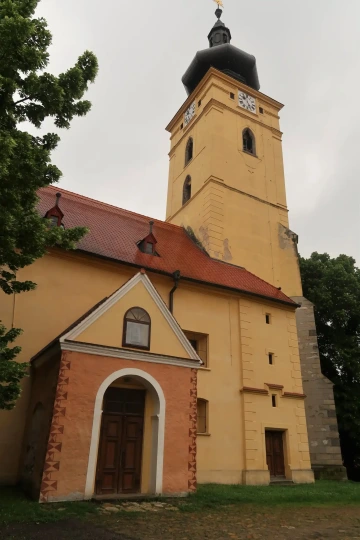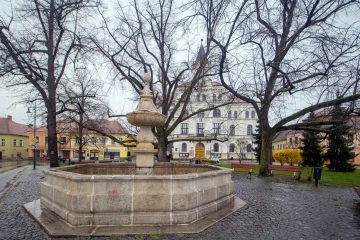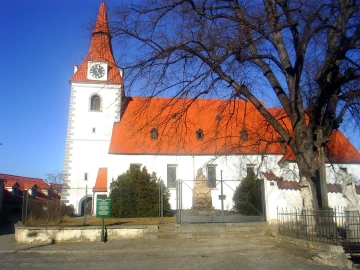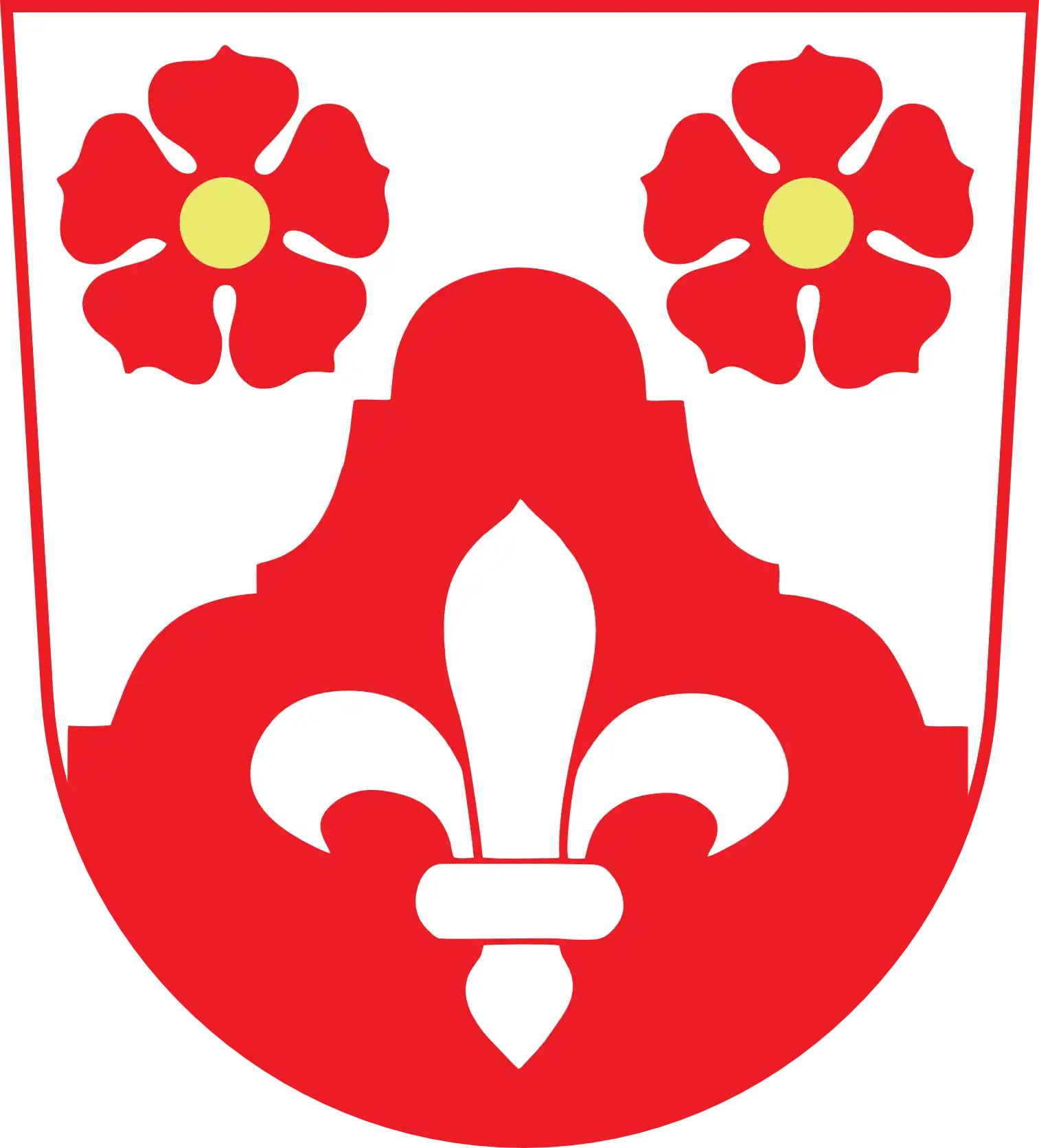Scenic Netolice
Enchanting town near the castle Kratochvile
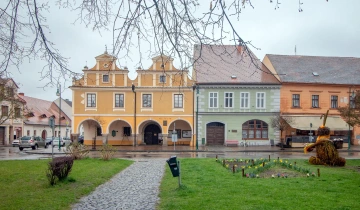
A walk through one of the oldest towns in the Czech Republic
Netolice is located less than 20 km northwest of Holašovice. It is one of the oldest towns in Bohemia and the settlement of this area dates back to the Bronze Age. The first written mention comes from the Chronicle of Kosmas, which mentions the manor of Netolice as early as 981. The historic centre of the town has been a conservation area since 1994. In the immediate vicinity of Netolice we can find the Renaissance water castle Kratochvíle, with a beautiful herb garden and the Church of the Nativity of the Virgin Mary. Less than 10 km north of Netolice is the Lomec pilgrimage site with the Church of the Name of the Virgin Mary, which is one of the most important Baroque pilgrimage sites in South Bohemia.
From Holašovice to Netolice you can get through the villages of Záboří, Dobčíce, Horní Chrášt'any, Lhenice and Hrbov or through Záboří, Strýčice, Radošovice and Němčice. The journey takes about 20 minutes.
Netolice is, as already mentioned, one of the oldest towns in Bohemia. Archaeological findings of burial mounds and burial sites are proof of the settlement of this area. The Slavs settled in Netolice as early as the 8th century, making them one of the first tribes to settle in Bohemia. Thanks to its strategic location at the crossroads of important trade routes, the Na Jánu fortress became an important commercial and administrative centre of the area. After the foundation of the Golden Crown Monastery in the 13th century, it became part of the monastery and a new town was founded south of the settlement.
Netolice was traditionally known for horse breeding, markets, fish farming and bread. The first bakers' guild in Bohemia was founded here in 1388.
Recommended tour of the town:
The important cultural monuments of the town are connected by the Historical Landscape of Netolick nature trail, which is about 3 km long and has 16 stops. Most of the historical buildings have information panels.
The Premyslid fortress is located on the hill of St. Ján. There are massive ramparts left after the administrative castle, which stood by important trade routes. It is one of the most important archaeological sites in South Bohemia. Research was carried out here between 2000 and 2003. It proved the existence of fortifications as early as the 10th century and later construction modifications in the following two centuries. In 2004, the construction of the Archaeopark was started here by reconstructing the western section of the fortifications above the Rapačov stream. In 2005, the construction of the palisade using period technologies was started and in 2006 the log-structured gallery was completed. The archaeopark includes a 12-metre tower. The archaeopark is only partially accessible for technical reasons.
Most of the monuments are located in the immediate vicinity of the large Peace Square. The dominant feature is the neo-Renaissance town hall from 1869. The building is preserved in an authentic state and parts of the older building are preserved in its masonry. It is an example of typical historicism in South Bohemia. The fountain on the square dates back to 1677. The sculpture between the town hall and the fountain represents St. John of Nepomuk.
In the northern corner of the square is the Rožber House, which today serves as the JUDr. Otakar Kudrna Museum and information centre. The building has a typical arcade, the façade and corners are decorated with sgraffito. The impetus for the establishment of the museum in Netolice dates back to 1904. Originally there were two museums in Netolice, but in 1947 they were merged into one. The museum's exposition includes ethnographic collections, folk furniture and parts of folk clothing, the history of horse breeding in Netolice, introductions of important local natives and the history of the village.
Just behind the square is the Church of the Assumption of the Virgin Mary, which can be reached through a narrow alley past the town hall. It was built in the second half of the 13th century and consecrated in 1284. Construction continued in the first half of the 14th century. In the 17th century, after the conquest of Netolice by the imperial army, the roof and vaulting were completely destroyed, but reconstruction began during the Thirty Years' War. However, the church tower was not built until 1770. The original furnishings have not survived.
Behind the church in Školní Street (in the Old Town) is the neo-Gothic Old School, which was built here in 1863 on the site of two older schools. The neighbouring Deanery is a set of late classical buildings, which were built by rebuilding an older rectory between 1840 and 1843. The adjacent Deanery is a set of classical buildings after the 19th century rebuilding.
The second church in Netolice is the Church of St. Wenceslas in Vodňanská Street. Its main part dates back to the mid-13th century, but it is probably even older. The north side of the nave is Romanesque-Gothic, the sacristy and tower are Renaissance. The decoration of the church is Baroque, the ceiling painting with the legend of St. Wenceslas is from 1749. It is the oldest preserved building in Netolice. Originally it served as the parish church of the sub-prefecture, but after the town was built by the Golden Crown Monastery, it found itself outside its perimeter. It was last modified between 1995 and 1997. A rarity is the unique organ from 1733 from the important Baroque organ workshop of the Pantočků family from Dačice. The church is accessible only by appointment or during services.

